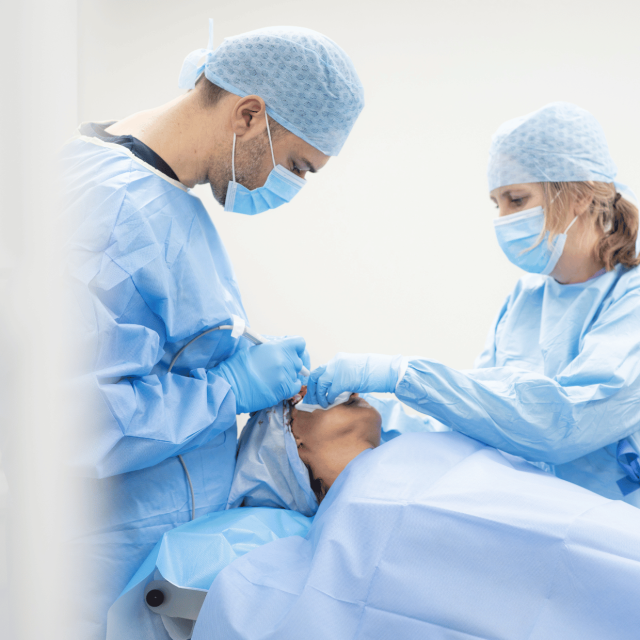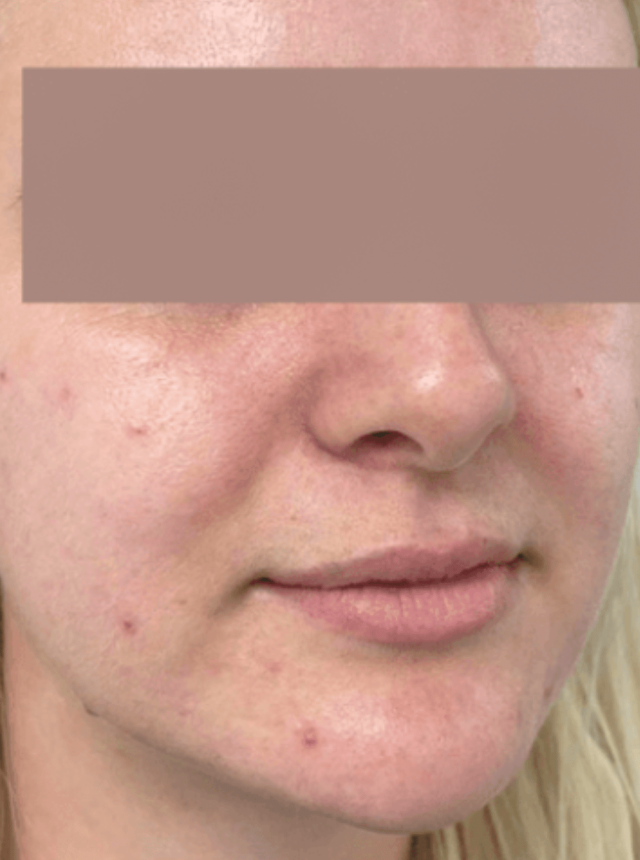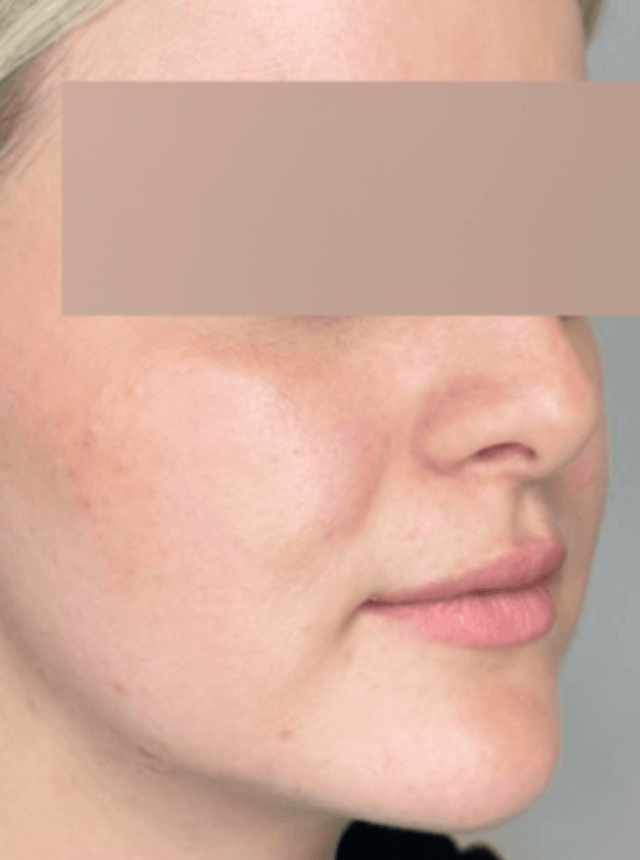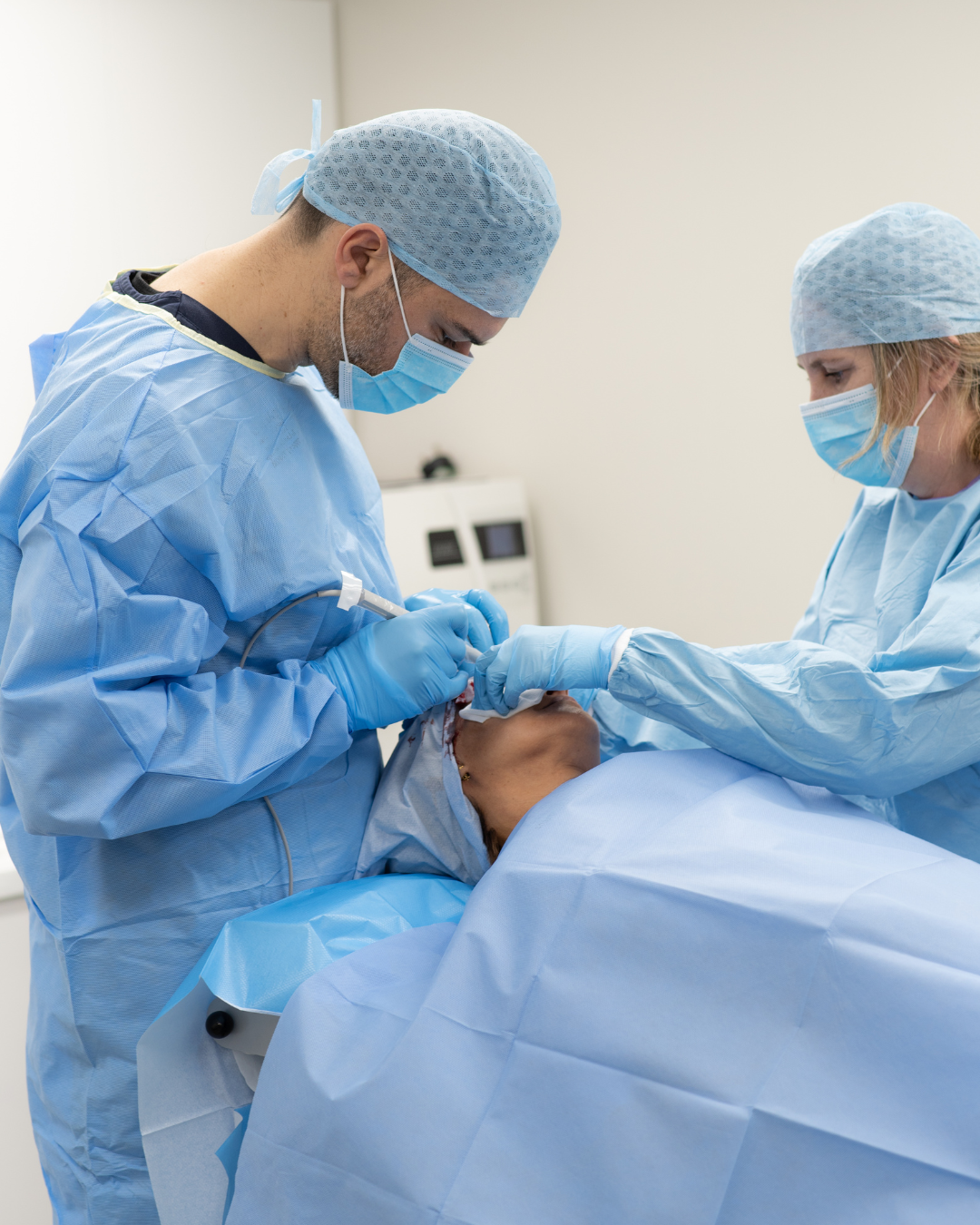
Buccal fat removal is a surgical procedure designed to slim the lower cheeks, resulting in a more contoured and defined facial appearance.



Buccal fat reduction is a cosmetic procedure that focuses on reducing the volume of buccal fat pads located in the lower cheeks (often referred to as chipmunk cheeks) providing a naturally contoured and slimmer look. This treatment emphasises the natural definition of your cheekbones, creating a sophisticated, sculpted appearance. At SRGN Clinic, we tailor each buccal fat removal procedure to suit your unique facial structure, ensuring harmonious, natural-looking results that enhance your natural beauty.
At SRGN Clinic, our commitment to high-quality, natural-looking results ensures every buccal fat reduction procedure enhances your facial contours with subtlety and expertise. Led by an experienced team, we provide a personalised approach to each treatment, carefully tailoring the process to suit your unique facial structure for a refined, balanced look without a hollow appearance. Our discreet technique involves placing incisions inside the mouth, leaving no visible scarring and allowing you to enjoy a seamless, natural transformation.
Buccal fat removal is a straightforward outpatient procedure, typically performed under local anaesthesia. Here are the steps involved:
Step 1 – Anaesthesia: Local anaesthesia is administered, numbing the area inside the mouth to ensure comfort during the procedure.
Step 2 – The Incision: A small incision is made inside the mouth, on the inner portion of the cheek. This placement ensures that there is no visible scarring.
Step 3 – Fat Removal and Closing the Incisions: The buccal fat pad is carefully accessed and removed. The incisions are then closed with absorbable sutures, which dissolve naturally within 7–10 days.
Step 4 – Seeing the Results: Over time, as swelling subsides, the cheeks will appear slimmer, especially in the cheek hollow area, enhancing overall facial contours.
Buccal fat reduction is ideal for those who feel their cheeks are too full or rounded and wish to create a more contoured facial appearance.
Recovery After Buccal Fat Removal
Recovery following buccal fat removal is typically smooth and swift, with minimal downtime. Mild swelling and slight discomfort are common during the initial days, though these usually subside quickly. Most patients feel comfortable resuming daily activities within a week, while it’s recommended to avoid intense physical activity and stick to a soft-food diet for the first few days to support optimal healing.
Expected Results of Buccal Fat Reduction
Buccal fat reduction offers a more refined, balanced facial structure by highlighting natural contours, lending the face a sophisticated, more mature appearance. Unlike temporary, non-surgical options, this procedure provides permanent results, making it ideal for those seeking long-term facial slimming. With the procedure’s efficiency, most patients are able to return to their usual routines within a few days, enjoying the benefits of an enhanced, enduring look.
Yes, the results of the tratment are permanent because the fat pads that are removed do not regenerate.
Most patients can resume normal activities within a few days, although full recovery may take a few weeks, with swelling gradually subsiding over time.
As with any surgery, there are risks, including infection, asymmetry, and nerve damage. However, these are rare, especially when performed by a skilled surgeon.
It leaves no visible scars since the incisions are made inside the mouth. This ensures a natural look without external marks. Minor internal scarring may occur, but it typically doesn't affect appearance or mouth function.